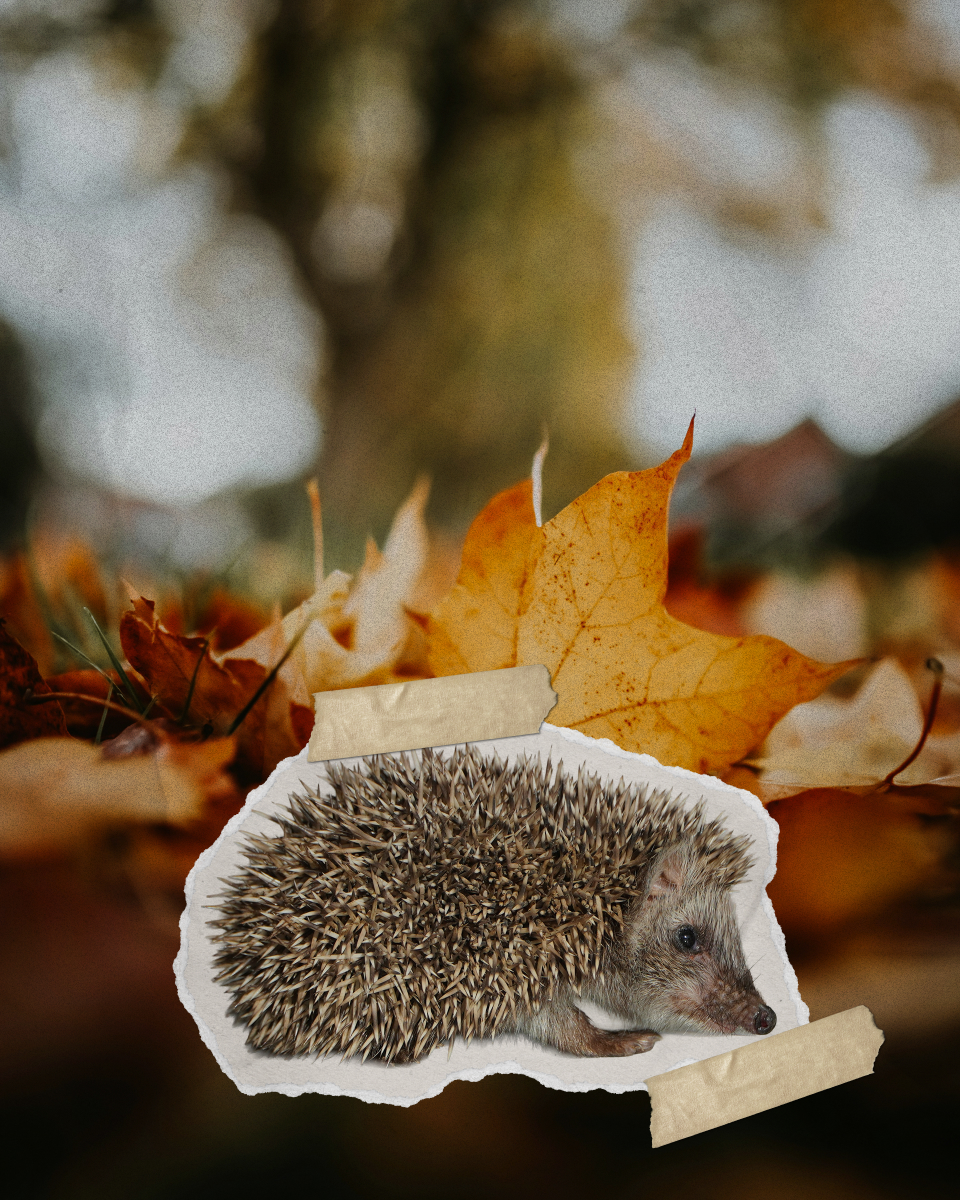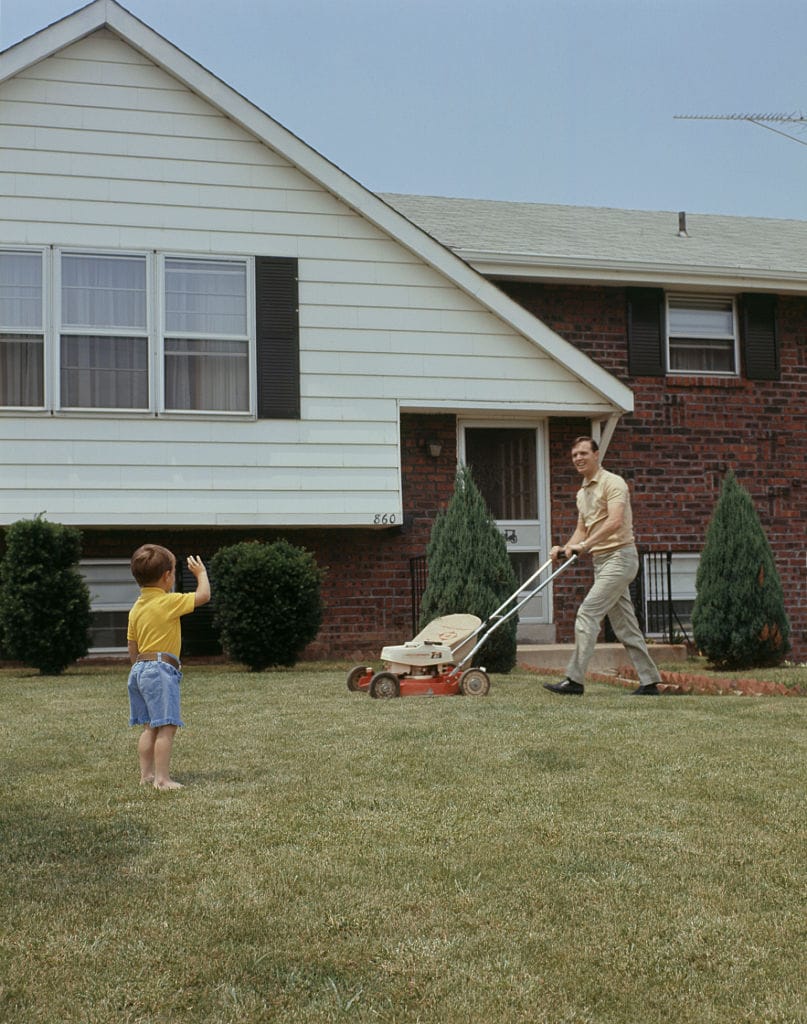
The hidden life beneath the leaves
As soon as the first leaves hit the ground, the most old school garden owners grab their rakes and start tidying up as if their lives depend on it. Making everything look clean and neat again. And while we might view people not ridding their gardens of leaves as lazy or messy, they might actually be the guardians or even saviors of a beautiful hidden ecosystem. The hidden life beneath the leaves.
Because beneath that crispy carpet, life is unfolding. Here’s what really happens under the leaves and why you should think twice before raking them.
1. A warm winter home for frogs and toads
As temperatures drop, frogs, toads and many other small creatures seek refuge underneath the fallen leaves. “If we took the roof off our house, we’d be really cold in winter”, says Matthew Shepherd, who works at the Xerces Society for Invertebrate Conservation. If we leave the leaves, we’re leaving a warm winter home for cute – and less cute – creatures.
2. A cosy hedgehog hideout
Hedgehogs once thrived across Europe, but urban expansion is pushing them towards extinction. Piles of leaves are their perfect homes. Raking or burning leaf piles can harm or even kill them. So, if you love hedgehogs (and we all do, right?), leave the leaves and even consider adding a hedgehog house to a sheltered place in your garden.
3. A cradle for insects
For every square meter of yard with leaves left untouched, “there’s on average almost 2,000 insects that will emerge over the course of the spring”, entomologist Max Ferlauto says, who compared the ground life of soil with and without autumn leaves. Among those are 300 wasps (important pollinators), 400 beetles, and about 20 moths and butterflies. In fact, 90 percent of all moth species spend winter in cocoons underneath the leaves. All these tiny tenants perform essential ecological services, from pollinating to pest-control.
4. A buffet for birds
Not a fan of the idea of 2,000 insects crawling out of every square meter of your garden, then maybe you like the idea of them being eaten by birds. Non-migrating birds feast on sheltering bugs, while migratory birds returning in spring feast on the insects that survived the winter in your leaf-covered garden. So, less raking, means more birds.
5. Nature as a soil factory
As insects and worms munch on what looks like waste, they turn it into new, nutrient-rich soil. These creatures are essentially tiny compost machines. Yards that are raked year-after-year have 24 percent less carbon in soils, than yards that are left unraked. This carbon is key to plants’ nutrition and the soil’s moisture-holding capacity, The New York Times writes.
6. Free mulch for your flower beds
Leaves are great natural mulch for flower beds. As they slowly decompose, they feed nitrogen into your soil and increase the moisture retention capacity of the soil, which makes for thriving spring gardens. Way more sustainable and cheaper than buying bags of bark chips.
7. Saved from the landfill
In some countries, raked leaves still end up in landfills. In the United States, discarded leaves make up 12 percent of all yearly municipal solid waste. A lot. The leaves that rot in landfills release methane, a greenhouse gas that contributes around 25 times more to global warming per kilogram released than CO2. Leaves left to decompose in the open air don’t release methane.
Some practical tips
If you must rake your leaves or really hate the look of a garden full of leaves, then move them to a place in your garden where they can still do their magic. Preferably to a mowed part of your garden or otherwise maintained area, that are normally not so biodiverse. You’re now creating a shelter that otherwise wouldn’t have existed.
Another option is to wait until they’re crunchy, then mow them into little pieces and leave them. They will serve as mulch and will protect your soil.
You can also compost your leaves. But be sure to manage your compost heap well, in order to prevent anaerobic digestion, creating methane.
Whatever you do, please don’t put them in trash bags or in your organic waste bin to be sent to the landfill. Sometimes, the most helpful thing you can do for nature is absolutely nothing. How wonderful.

In a former life Nina was circular economy advisor. She was missing a creative touch in her life, so she turned to copywriting instead. Then she was missing a sustainability touch in her life, so she combined the two. Now she's a sustainability advisor who writes, or - if you will - a writer who gives sustainability advice. She does this with her own company New Alchemists.
Nina helped setup Rethink Things. Together with the Rethink Team, she developed our strategy, branding, website, socials, newsletters, you name it. Today, she continues to write for the platform.














